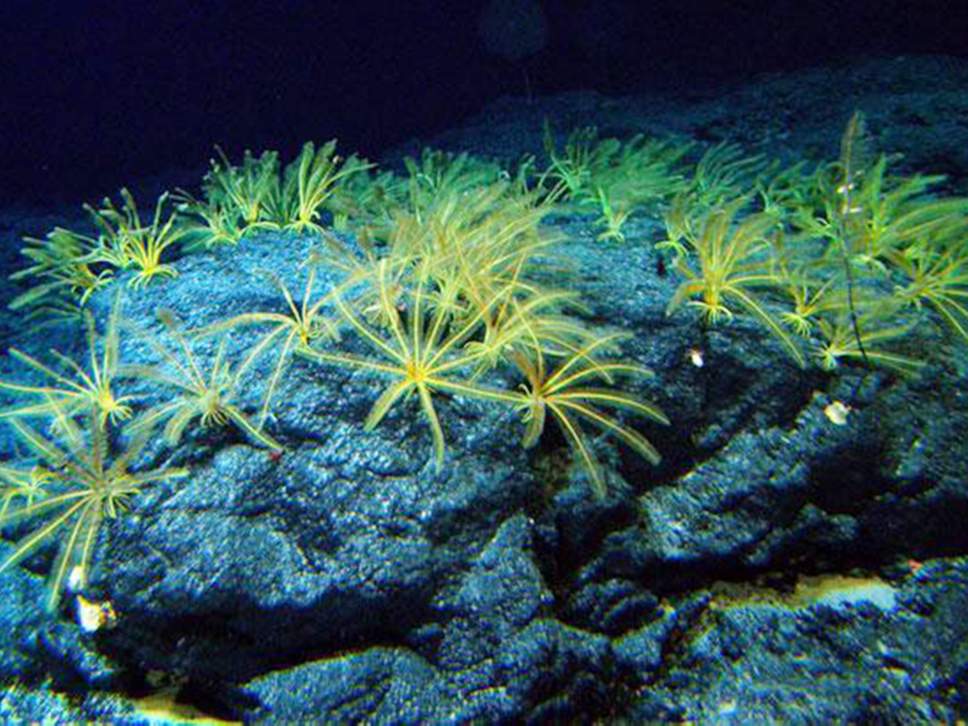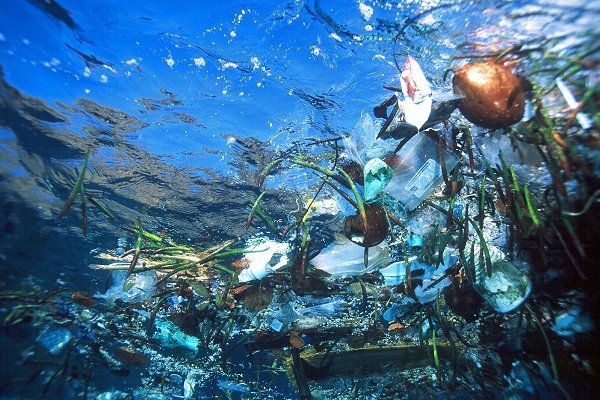APRIL 25, 2018: DAILY SUN
twothirds area of this world is covered with water. In this ever expanding universe our galaxy is one of the trillions of galaxies where our solar system is one of other billions of solar systems. In our solar system our planet, Earth is medium in size compared to other planets. So we cannot even imagine how tiny is our planet compared to the whole universe, as if the Earth is less than a drop of water floating in the space. So far it has been found our planet is a unique place favourable for living creatures.
Since the beginning of industrial revolution unscrupulous consumerist attitude has been developing in human nature and it has reached its peak in this 21st century. Multidimensional physical and sensual demand is creating day by day, but dissatisfaction is also growing at the same pace. This is a very typical human nature that most of the human beings do not become alert until something does harm them physically.
Industrial and human waste, in the form of both solid and liquid, various types of plastic products, ploy packages of various consumer products, machineries, parts and equipments are being produced by a huge volume. Major rivers of this world have already been polluted by all of those waste elements. All the rivers flow to the sea. Those rivers carry multiple types of wastes to the sea. Everyday thousands of tones of plastic, synthetic and chemical wastes are entering the sea, changing the ecosystem, food cycle, bio-diversity of the ocean world. Sea water, sea foods, fishes and other animal in the sea are becoming contaminated.
We are living in an age what some scientists called the Age of Plastic. China is easily the world’s largest producer of plastics. Europe and North America are also looming large as major players. Other Asian nations round out a long list of manufacturers. But consumers are the polluters, and people from every continent – from the Arctic to Africa – participate in it.

Characteristics that make plastic substances very attractive to mankind are flexibility, durability and low cost. However, it a cause of ultimate disaster to the ocean. It has only been about 60 years since we started using plastic industrially, and the usage and the production has been increasing ever since. A recent study found that every year, humans discharge roughly 8 million metric tons into the oceans. By the year 2050, there will be more plastic bags than fish in the ocean.
Plastic’s most lucrative market is packaging commonly seen in grocery stores. It could be in front of us right now, in the form of a water bottle, a carryout lunch container, or an iced-coffee or tea cup with its disposable straw. It is a miracle product that is also in our office chair, phone and computer keyboard. The pipes that move water in our building are often plastic. We probably touch plastic to switch on the car radio on the foam plastic dashboard. Plastic is pretty much everywhere at any part of the day, anywhere in the world.
More than 9 billion tons of plastic has been produced since 1950, and the vast majority of it is still around. A new study that tracked the global manufacture and distribution of plastics since they became widespread after World War II found that only 2 billion tons of that plastic is still in use. Seven billion tons is stuck on Earth as garbage in landfills, recycled trash or pollution in the environment, including deep oceans, where it’s been discovered in the mouths of whales and the bellies of dead seabirds that mistook it for food. A small amount is eliminated in incinerators.

A scientific team has reported recently that seventy-nine thousand tons of plastic debris, in the form of 1.8 trillion pieces, now occupying an area three times the size of France in the Pacific Ocean between California and Hawaii. The amount of plastic found in this area, known as the Great Pacific Garbage Patch, is “increasing exponentially,” according to the surveyors, who used two planes and 18 boats to assess the ocean pollution.
The Garbage Patch has been described before. But this new survey estimates that the mass of plastic contained there is four to 16 times larger than previously supposed, and it is continuing to accumulate because of ocean currents and careless humans both onshore and offshore. The study was led by the Ocean Cleanup Foundation and researchers at institutions in New Zealand, the United States, Britain, France, Germany and Denmark, who published the findings in the journal Scientific Reports.
It is observed that the plastic is probably mostly coming from Pacific countries. But it could be coming from anywhere since plastic now travels across the entirety of the ocean and has even shown up in Arctic waters, where very few humans live. That suggests the plastic travelled there from elsewhere, riding the ocean currents. Some of the debris probably also came from the 2011 tsunami that devastated Japan and washed large amounts of waste back out to sea, the study said.
Scientists have also discovered the presence of chemical pollutants in some of the ocean’s deepest trenches, previously thought to be nearly untouched by human influence. In fact, they have found levels of contamination in some marine organisms living there that rival some of the most polluted waterways on the planet.

For the new study, the researchers checked for the presence of these chemicals in two of the world’s deepest ocean trenches – the Mariana trench in the Western Pacific, near the Mariana Islands, and the Kermadec trench north of New Zealand. To do so, the researchers deployed special devices called “deep-sea landers,” which are small vessels that are released from ships and drop to the bottom of the ocean before floating back up to the surface.
On the other hand crude oil and refined fuel spilling from tanker ship accidents have damaged vulnerable ecosystems in Alaska, the Gulf of Mexico, the Galapagos Islands, France, the Sundarbans, Ogoniland, and many other places. The quantity of oil spilled during accidents has ranged from a few hundred tons to several hundred thousand tons, but volume is a limited barometer of damage or impact. Smaller spills have already proven to have a great impact on ecosystems, such as the Exxon Valdez oil spill because of the remoteness of the site or the difficulty of an emergency environmental response.
During the offshore drilling operations for oil and gas explorations the leakage of effluent water to the surrounding areas is a major source of pollution. To check the leakage of effluent water efficient measures must be taken.
Now it has been very much necessary to shed more light on how these contaminants may move and magnify throughout the food chain, as well as whether they could be causing any measurable damage to the ecosystems they enter. But for now, the findings serve as a loud reminder that human activities have consequences all over the planet – and there may be nowhere that remains out of our reach.
A partial solution may be taken by recycling of plastics. But the volume of recycling is not as satisfactory as it should be. A recent study shows that the highest recycling rates in 2014 were in Europe (30 percent) and China (25 percent), whereas in the United States, plastic recycling has remained steady at 9 percent.
Recycling only delays plastic’s inevitable trip to a trash bin. Burning is the only way to assure that plastic is eliminated, and Europe and China by far lead the United States in that category as well, up to 40 per cent compared with 16 per cent. But burning plastic is risky because if the emissions are not carefully filtered, harmful chemicals become air pollutants. Like in other countries, the United States has been slow to enforce regulations on industry emissions.
In order to keep our rivers, ocean world favourable for the living creatures as well as to keep our beloved planet free from overall contamination we must control any kind of environmental pollution mostly the plastic and chemical pollution flowing to the sea. Otherwise no effort or power could defend the ultimate ruin of this planet.
© Copyright: Reserved by the writer (Noore Alam Siddiqui)




































